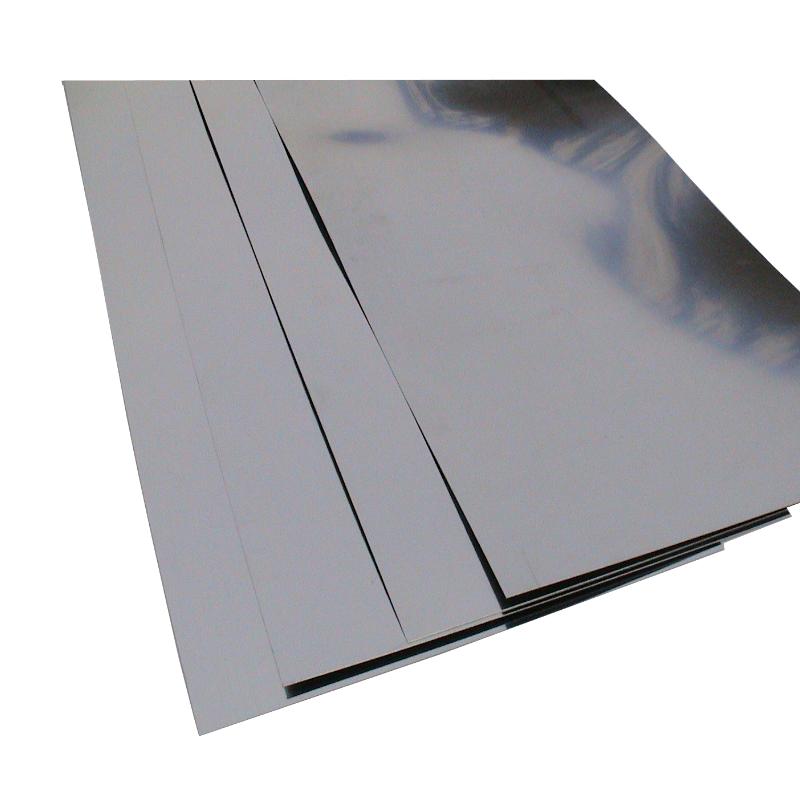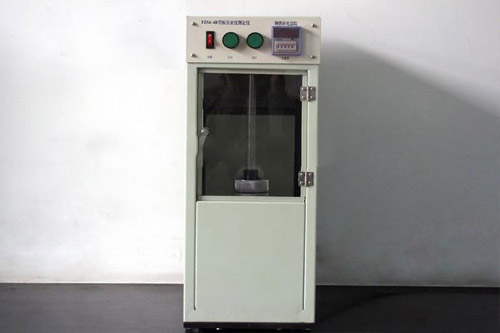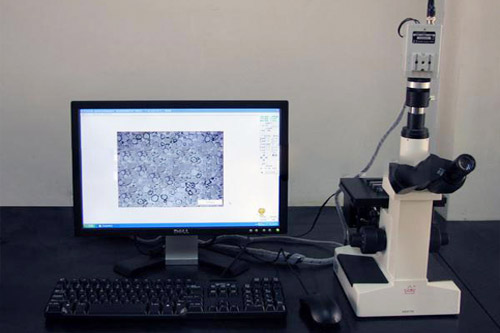Shearing Molybdenum Sheet
Shearing is the most economical method of cutting molybdenum sheet to produce straight edges, and it is widely used by producers and fabricators.
The best results are obtained with a good rigid shear having close tolerance in bearings and guides. It is essential to use a sharp blade and to maintain the gap at 0.00050-0.0010 in. (0.013-0.025mm). Molybdenum sheet and flats in thickness from 0.25mm up to 6.4mm thick are sheared successfully.
Molybdenum sheet up to 0.50mm can usually be sheared at room temperature; but, because of the high ductile-to-brittle transition temperature of molybdenum, most products should be warmed before shearing; the heavier the gage of the molybdenum sheet, the higher should be the temperature for shearing. Without heating there may be some delamination of the sheared edge, and thicker molybdenum sheet and plate may be cracked across the plane of the sheet due to the complex stresses developed in the sheet by the shearing process.
Some shops use hot plates for heating sheets to be sheared; others use infrared lamps or torches above the shear table. It is not necessary, however, to heat the entire sheet; experienced shops often use a torch to heat an area on either side of the separation line immediately before shearing. In other shops, a linear gas burner is mounted on the shear ahead of the holddown so that the metal can be heated along the shear line and then pushed forward to the shear blade in a two-step operation. In production campaings, experienced personnel hold the molybdenum sheet under the flame for a specified length of time (determined by trial) or they heat the molybdenum sheet to a given oxide color before advancing the sheet to the shear blade.
Zhengzhou Sanhui Co., Ltd is one diversified company which deals with refractory metals’ R&D, production and sale, such as titanium, tungsten, niobium and other metals.

The best results are obtained with a good rigid shear having close tolerance in bearings and guides. It is essential to use a sharp blade and to maintain the gap at 0.00050-0.0010 in. (0.013-0.025mm). Molybdenum sheet and flats in thickness from 0.25mm up to 6.4mm thick are sheared successfully.
Molybdenum sheet up to 0.50mm can usually be sheared at room temperature; but, because of the high ductile-to-brittle transition temperature of molybdenum, most products should be warmed before shearing; the heavier the gage of the molybdenum sheet, the higher should be the temperature for shearing. Without heating there may be some delamination of the sheared edge, and thicker molybdenum sheet and plate may be cracked across the plane of the sheet due to the complex stresses developed in the sheet by the shearing process.
Some shops use hot plates for heating sheets to be sheared; others use infrared lamps or torches above the shear table. It is not necessary, however, to heat the entire sheet; experienced shops often use a torch to heat an area on either side of the separation line immediately before shearing. In other shops, a linear gas burner is mounted on the shear ahead of the holddown so that the metal can be heated along the shear line and then pushed forward to the shear blade in a two-step operation. In production campaings, experienced personnel hold the molybdenum sheet under the flame for a specified length of time (determined by trial) or they heat the molybdenum sheet to a given oxide color before advancing the sheet to the shear blade.
Zhengzhou Sanhui Co., Ltd is one diversified company which deals with refractory metals’ R&D, production and sale, such as titanium, tungsten, niobium and other metals.

Next:下一篇:Punching Molybdenum Disc










